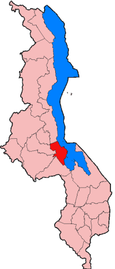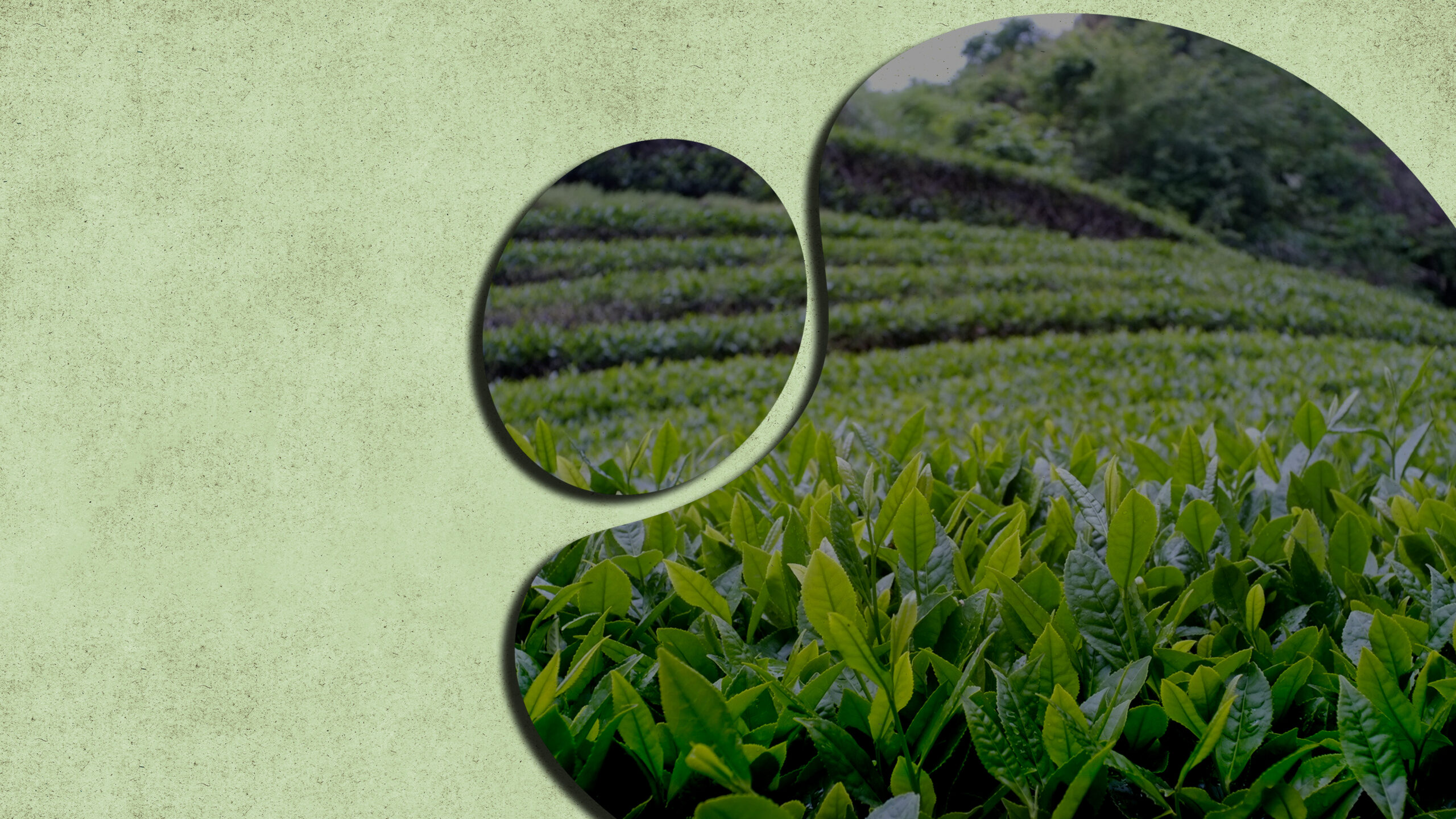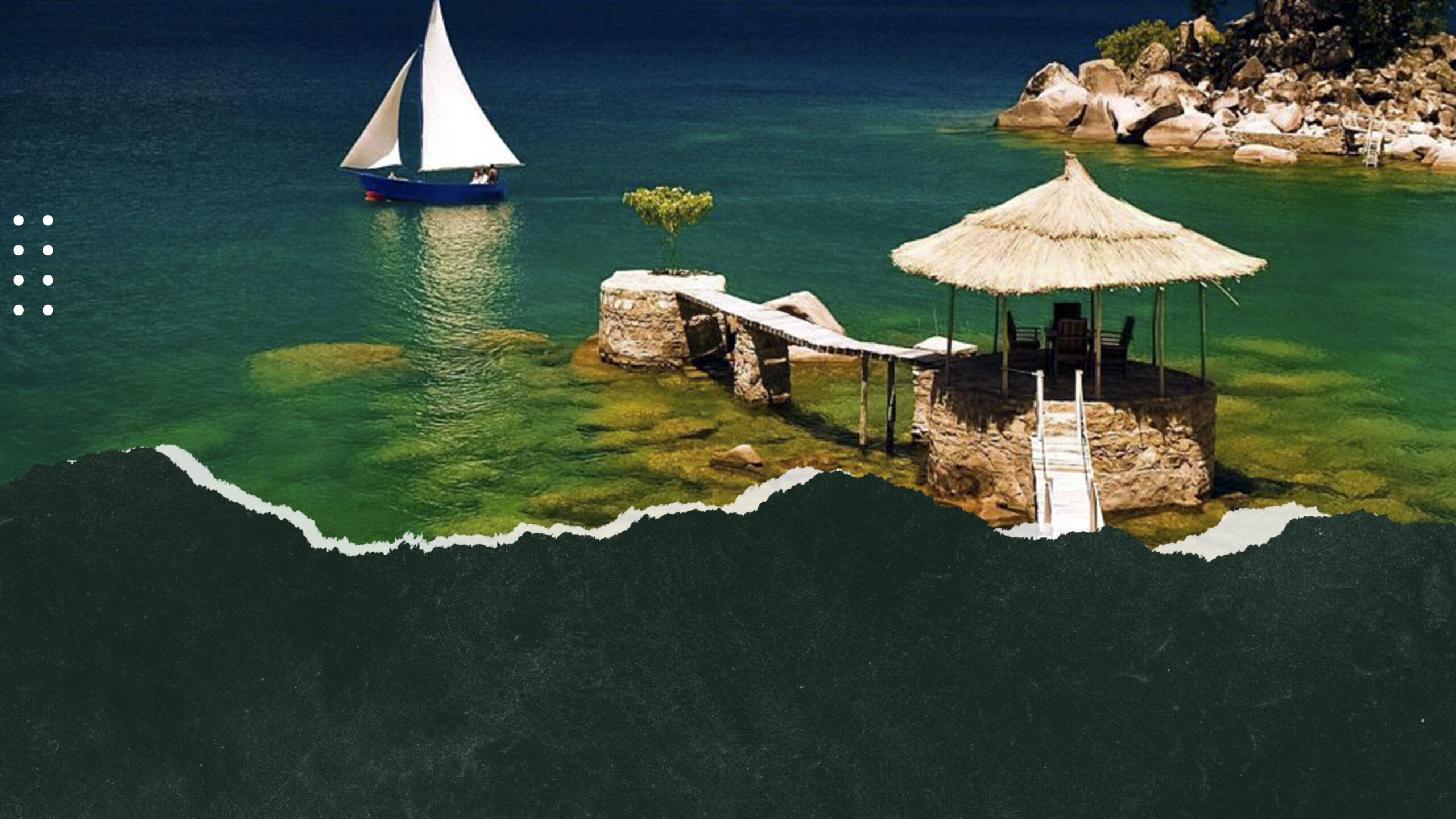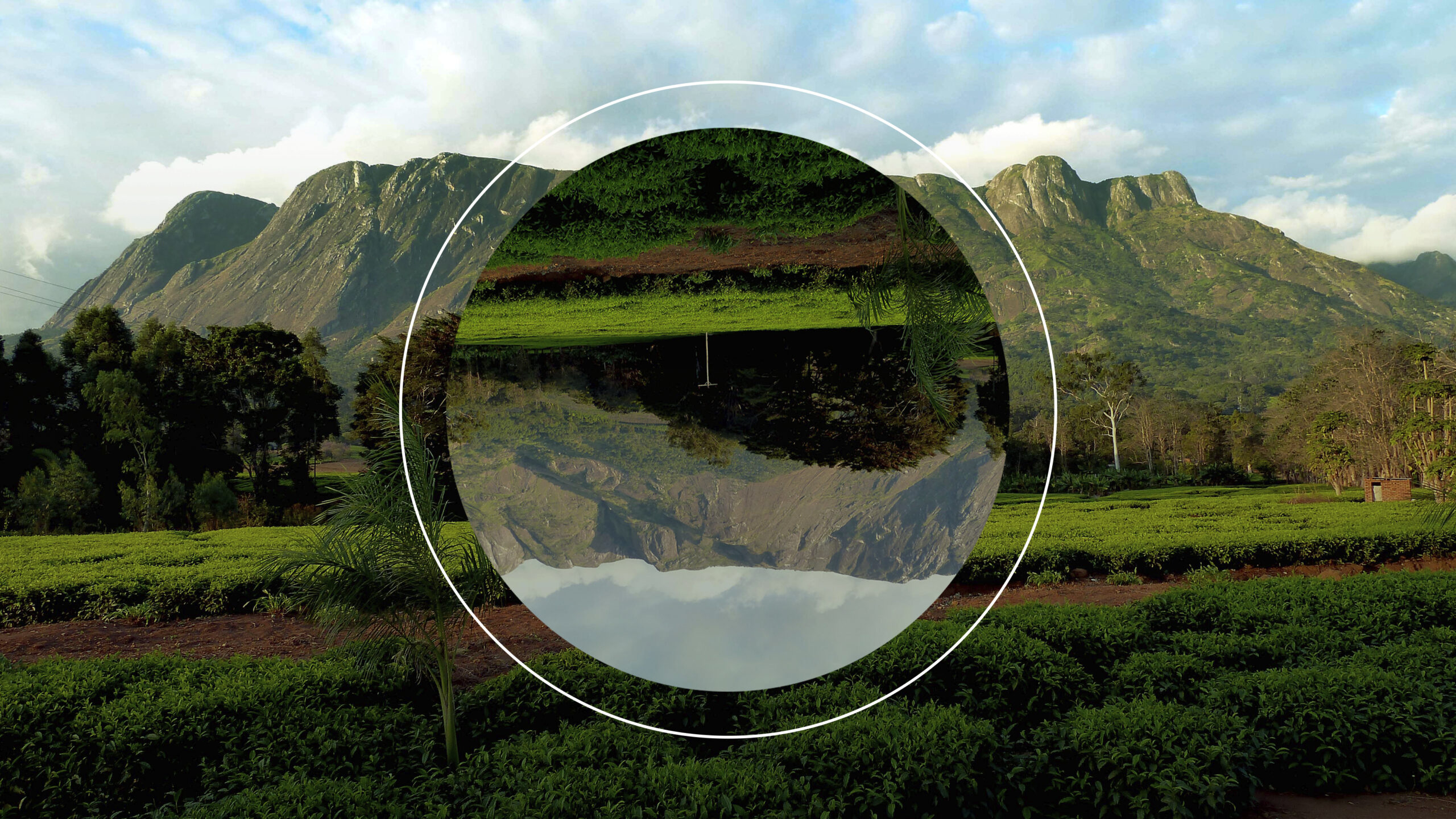DISTRICTS - CENTRAL - SALIMA
- DISTRICTS
- NORTH – CHITIPA
- NORTH – KARONGA
- NORTH – LIKOMA
- NORTH – MZIMBA
- NORTH – MZUZU
- NORTH – NKHATA BAY
- NORTH – RUMPHI
- CENTRAL – DEDZA
- CENTRAL – DOWA
- CENTRAL – KASUNGU
- CENTRAL- LILONGWE
- CENTRAL-MCHINJI
- CENTRAL – NKHOTAKOTA
- CENTRAL – NTCHEU
- CENTRAL – NTCHISI
- CENTRAL – NTCHISI
- CENTRAL – SALIMA
- SOUTH – BALAKA
- SOUTH – BLANTYRE
- SOUTH – CHIKWAWA
- SOUTH – CHIRADZULA
- SOUTH – MACHINGA
- SOUTH – MANGOCHI
- SOUTH – MULANJE
- SOUTH – MWANZA
- SOUTH – NSANJE
- SOUTH – THYOLO
- SOUTH – PHOLOMBE
- SOUTH – ZOMBA
- SOUTH – NENO

With a population estimated at 43,000, Salima, only 20km from Senga Bay, is the eighth-largest town in Malawi. The northern terminus of the original railway to Blantyre laid in the 1930s, it thrived commercially as a funnel for agricultural produce from the north until the 1970s, when the railways was extended past Lilongwe to Mchinji. Salima’s strategic location at the junction of several trunk roads ensures that all visitors to Senga Bay pass through en route. Using public transport, you’ll have to disembark at the bus station to pick up a matola to Senga Bay.
The only motivations for exploring this rather nondescript and sprawling town beyond the bus station are practical: it has several banks, a post office, a bustling market, internet and a couple of well-sticked supermarkets. Should you end up there for a night, a few adequate rest houses are dotted around the bus station.
Senga Bay and Surrounds
Senga Bay is the closest Lake Malawi resort to Lilongwe, situated 120km to the east by road, and as such it has become a popular weekend retreat and conference venue for residents of the capital. It also makes a useful first or last port of call for fly-in tourists to Malawi, with a dozen or more beach resorts that collectively cater to most tastes and budgets slung along the 8km of sandy beach that runs south from Senga village to Kambiri Point.
Senga Bay isn’t as scenically dramatic as Cape Maclear or the northern lakeshore, and it’s probably fair to say that the main reason for its popularity is simply it proximity to Lilongwe. Nevertheless, the long sandy beach is everything you could hope for, and the surrounding area is relatively rich in wildlife, making it a worthwhile place to settle into for a few days. The main points of interest are the Mpatsanjoka River (excellent birding, and resident hippo). Lizard Island and the tropical fish and crocodile farms near Kambiri Point.
Socially Senga Bay lacks the easy-going traveller scene associated with Nkhata Bay or Cape Maclear. Indeed, the larger lakeshore hotels at Senga now function primarily on conference venues, and although a handful of more low-key resorts still cater to families and motorised travellers, the backpacker-orientated camps that once scattered the village seem to be a thing of the past. Gone, too, are the persistent touts who once haunted Senga Bay, and with them, thankfully, a former reputation as something of a hotspot for crime against tourists.
Senga Bay is often referred to as Salima, the name of the nearest town and the administrative district in which it lies. All roads in and out of Senga Bay do in fact converge at Salima, which is a bustling junction town situated 20km west of the lake, and has many facilities absent from Senga Bay itself. For those with private transport, the private Kuti Game Reserve on the outskirts of Salima is worth a look, as nearby Thuma Forest Reserve. Further south, Mua Mission offers fascinating insights into the cultures and tribes of the central region, and it is easily visited as a day trip from Senga Bay.
What to see in Salima
Getting there and around
The gateway to Senga Bay is Salima, an important major route to focus connected to Lilongwe by the surfaced M14; to Cape Maclear, Mangochi, Zomba and Blantyre by the M5 south, which branches from the M14 about 2km west of central Salima; and to Nkhotakota, Nkhata Bay and Mzuzu by the M5 morth, which branches from the M14 another 5km to the west. The drive from Lilongwe to Senga Bay via Salima takes about 90 minutes in a private vehicle (allow two hours if traffic is heavy outside Lilongwe).
Using public transport, regular minibuses connect Lilongwe to Salima, costing Mk500. Coming from elsewhere, there are plenty of direct minibuses from Mangochi and Nkhotakota, and all buses along the M5 north and south will stop at Salima to drop and pick up passengers. Once in Salima, a steady stream of minibuses and matola pick-up trucks run along the good surfaced road between the bus station and the market in Senga village.
Briggs, P. (2010). Salima. In: Briggs, P Malawi. 5th ed. Connecticut: Bradt. p114-116.




